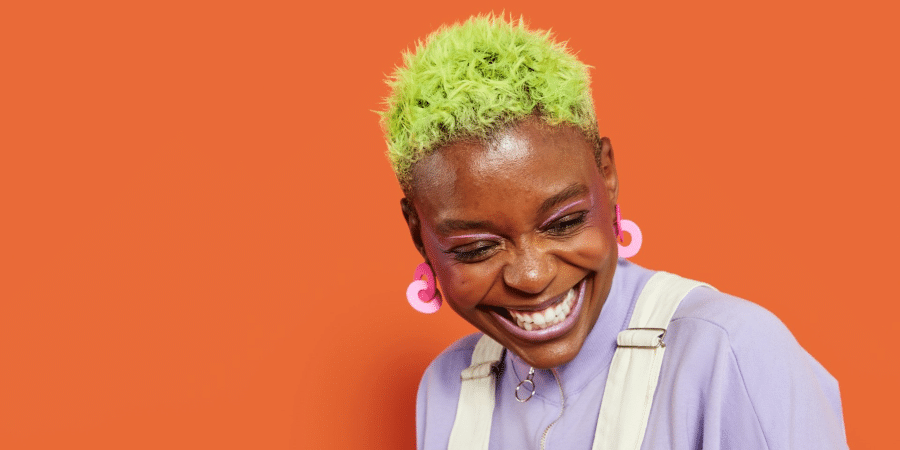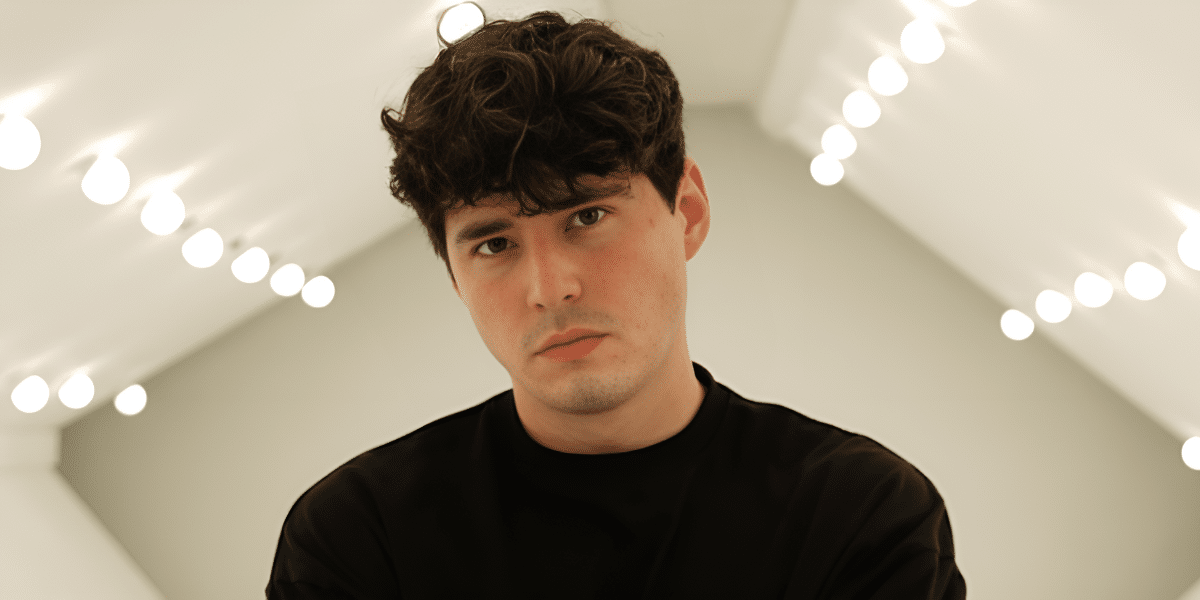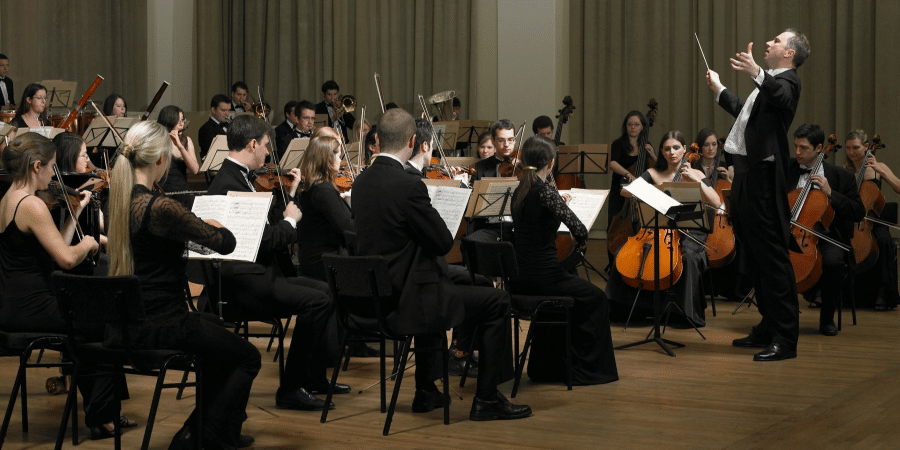By: Joseph Lee
Embarking on a childhood dream, Qingan Zhang’s creative journey has traversed the realms of acting, design, production, devising, and directing. With an MFA in interior design and dual degrees in Theatre and Psychology, she seamlessly merges varied educational foundations. As a designer, producer, and director based in New York and Boston, she envisions narratives that transcend conventional forms, exploring the integration of spatial experiences. In this interview, Qingan reflects on her inspirations, the challenges of merging disciplines, and her aspirations for the future.
Can you share the journey that led you to become a multi-creator as a designer, a producer, a deviser, and director?
Certainly. My journey into the creative industry began with a childhood dream of pursuing a career in the arts. Initially drawn to acting, I found a deeper connection to the ever-evolving nature of theater during my formative years. While I started as a child performer, my focus shifted to backstage work during college, allowing me to chase multiple creative positions.
With an MFA in interior design and dual degrees in Theatre and Psychology, how do these educational foundations converge in your current artistic practice?
Throughout my artistic journey, I have continually sought to merge the diverse educational foundations I have been exposed to. My undergraduate studies provided me with a robust contextual foundation to delve into understanding theater both from its artistic essence and from a social science perspective. It was during that time that I began to appreciate the profound storytelling potential inherent in the physical interactions between humans and space. Subsequently, my training in interior design further polished my knowledge and skill set for fabricating intricate relationships between people and their dwelling environment. In my current artistic endeavors, I aim to navigate a fluid dynamic where I constantly strive to strike a delicate balance because there’s no one-size-fits-all solution in design.
Which course has had the most significant impact on your creative journey?
Among the various roles I undertook and courses I pursued, scenic design emerged as the most captivating field for me. It offers a silent yet powerful visual statement, crucial in establishing the tone of a production. However, a part of me still yearned for broader exploration, particularly in understanding human interaction with their environment from a practical standpoint.
How do you approach design to enhance storytelling in “The Match Girl”?
The design for “The Match Girl” necessitated meeting functional needs for the set to seamlessly transit between multiple settings, including a house, a train, and a cellar while simultaneously balancing conceptual and aesthetic considerations. We deconstructed the world of the protagonist, Meimei, into a total of eighteen modular blocks, symbolizing the destruction and reconstruction of her reality. These blocks represented the abrupt transformation of her world into a monstrous entity that physically shackled her. As Meimei’s mental state started to deteriorate, the world around her became increasingly distorted to the point when some blocks morphed into a rocket that served as her means of escape mentally. During the transition from the train scene to the cellar scene, we aimed to imply the violence Meimei suffered in a powerful yet subtle manner. Collaborating closely with the director, we transformed all the modular blocks into percussion instruments. As the blocks were manipulated and flipped, each loud sound represented a blow or punch inflicted upon Meimei. This innovative approach allowed us to enhance the ensemble’s interaction with the set while minimizing the visual depiction of violence. By integrating sound and movement, we converted potentially jarring visuals into a more integrated and multidimensional language of visual presentation on stage.

Photo Courtesy: Gillian Harrill
Your involvement in co-devising puppetry pieces is fascinating. How does puppetry contribute to your storytelling, and what challenges and opportunities does it present in comparison to traditional scenic design?
I co-devised a puppetry piece called “How I Disappeared” in the past three years. We drew inspiration from Calvino’s Invisible Cities and crafted our scripts that centered on the narratives of Asian females within the Diaspora. The chapter that I co-wrote focuses on the protagonist’s mental journey upon arriving in New York. Puppetry as a medium has broadened the perspective through which I can narrate the story. The puppet itself became an extension of my being, allowing me to detach somewhat from reality and adopt a more childlike and whimsical viewpoint that aligned with the puppet’s characteristics. The world of my tale was encapsulated within the protagonist’s suitcase that was brought onto the stage. Everything within this world was presented in a miniature form yet conceptually expanded as the story unfolded. The reason to portray this narrative through the lens of a suitcase was deeply influenced by the turbulence and nomadic nature experienced as a “foreigner.” Every element that defines the concept of “home” must be packed, unpacked, and repackaged as one travels from one place to another. The resilient protagonist longs for lives akin to dandelions, capable of taking roots wherever they land in unfamiliar territories. Within the confines of the suitcase lies the protagonist’s past—a landscape where camels traverse deserts, moons and stars ascend over highlands, and mirror cities weave intricate mazes. These scenes melded into the protagonist’s very being, shaping their flesh, blood, and habits. Puppetry as an art form also required me to juggle multiple roles at the same time. Not only did I compose the text, but I was also my own director, designer, and puppeteer all at once. While as a scenic designer I typically shape a world that fulfills the play’s needs in one-to-one scale, creating a puppetry piece requires me to be more actively engaged within the world I need to unveil, fully unleash its capacity, and expand the miniature realm into full-scale reality.

Photo Courtesy: CHUANG Stage
Looking ahead, what are your aspirations as a designer and producer? Are there any specific themes or projects you’re eager to explore?
My long-term aspirations, particularly as a spatial designer, are always to craft narratives that facilitate communication among materials, forms, and matters. I aim to create environments that foster cross-disciplinary interaction between performance and audience in a broader sense beyond the stage, generating rich opportunities for collaboration and engagement. As an emerging producer, I will keep actively exploring opportunities to establish a platform that not only amplifies new voices but also fosters cross-community interaction on a broader scale.
Published by: Martin De Juan
















